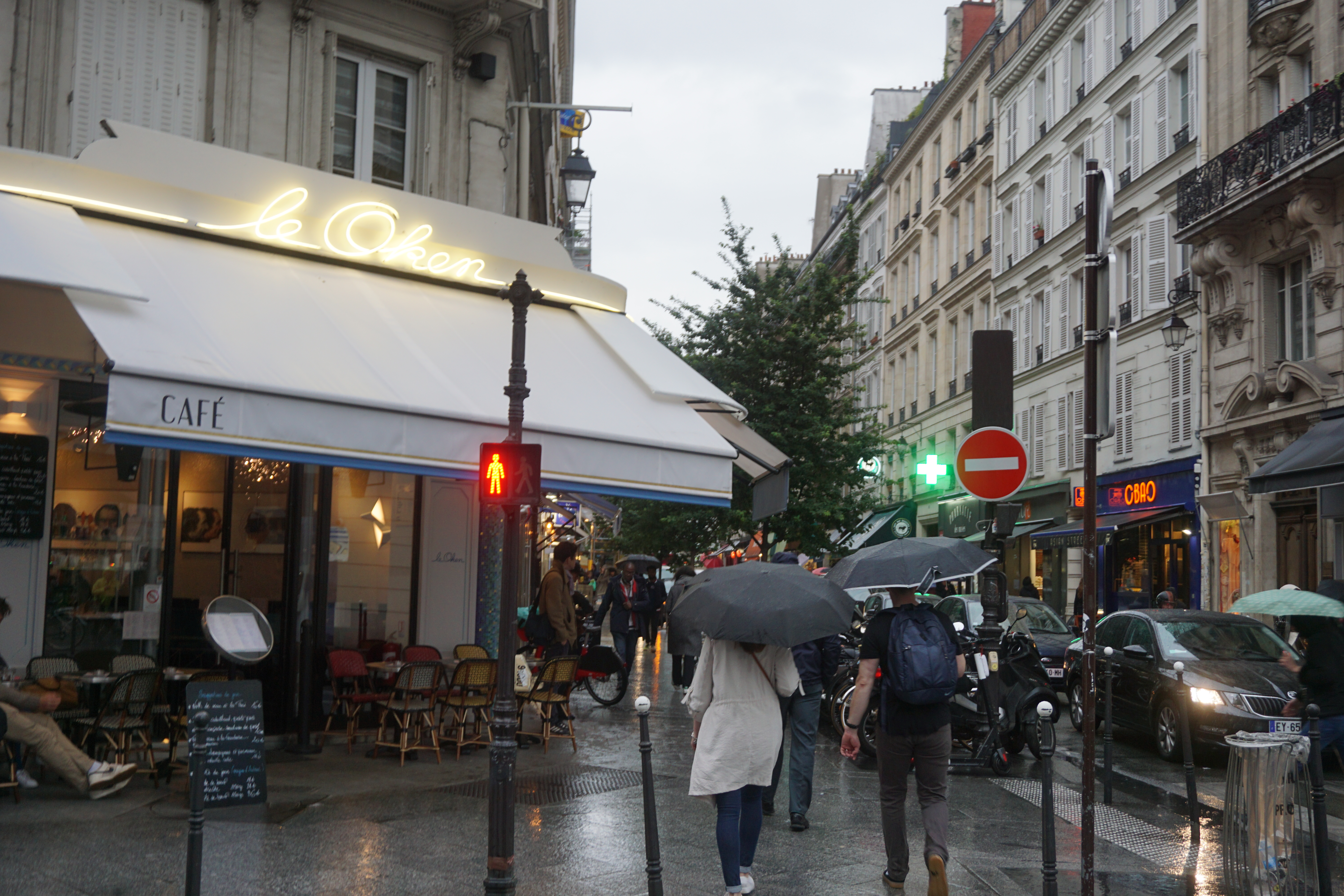An Afternoon in Paris

It is a quarter past two o’clock. Sunrays go through the window and shine dimly on the fiddle leaf gif tree. Claude Debussy’s Prélude à l’après-midi d’un faune (Prelude to the Afternoon of a Faun) is lingering in the room. Louis is sipping his coffee and enjoying the sun on his Juliet balcony. Yes, it is a beautiful afternoon in Paris. The music keeps ambling, Louis’ mind starts traveling.
The sinuous flute solo at the beginning of this symphonic piece kicks off Louis’ journey. It takes him back to 1894, when Claude Debussy first finished composing this masterpiece. Louis remembers that he has read an article about Claude Debussy, who was born in Saint-Germain-en-Laye and moved to Paris with his family when he was five. Paris is the place where truly nourished Claude’s music talent and turned this boy born-destitute to a world well-known musician. Louis is fully mesmerized to the relaxing melody that played by a flautist. It smoothly dribbles down and up on the scale like the creamy foam on a cappuccino with a prolonged aftertaste.
Louis has another sip of coffee, continues painting the music. The gently arousing phrases blended by strings, harp and horns reminds Louis of a French poet, Stephane Mallarme and her poem Prélude à l’après-midi d’un faune. In the poem, A faun gasp desire for two aimlessly traveling nymphs he sees in his dreamlike state. He is not certain “were the nymphs real, or just fragments of a dream? His lust spent; he sinks back into sleep”. Some says the Claude piece is a graphic musical response to Stephane’s poem; but Louis is wondering, could the city of Paris be the elegant Nymph in Claude’s symphonic poem and the creature is those who deeply enjoy and appreciate the beauty of the city?
The amorphous melody vibrantly descents and ascends introduced by woodwinds. Louis listens to the music and pictures a beautiful afternoon spending in Paris. Siting underneath Arc de Triomphe and having a pan au chocolate; or jogging alone the Seine and stopping for a glass of rose. Sitting on the stoops on the top of Montmartre and looking over to Eiffel tower; or hopping into the Louvre and being surrounded by histories. Having a late brunch at The Hoxton and imagining Mozart right next door; or halt at a café in Le Marais and viewing the bustle and hustle on the streets. Or just simply getting lost in the windy and narrow tree covered Parisian streets. “An afternoon in Paris is always a good idea!” Louis says.
The poetic music continuous changing kaleidoscopically. Shimmering violin, viola, and cello harmonically melting with exquisite oboe, bassoon, clarinet and French horn, then elegantly transition into smooth and soft touch of flute lightly mixed with harp. A charming afternoon slowly goes into a magical Parisian night.
Louis stands up from his chair and stretches his arms. He is satisfied with the destinations that the melodious poem took him. He looks out of his window, fantasizes that he was in the concert when this symphonic poem first performed in 1894 in Paris and anticipates attending himself.